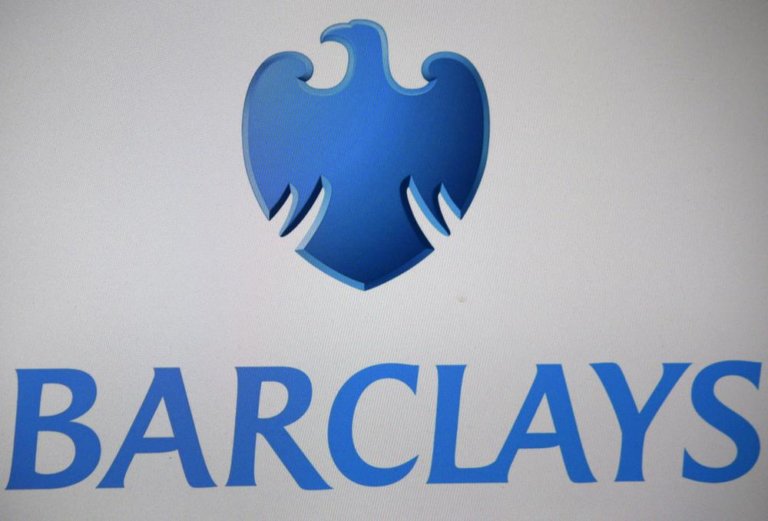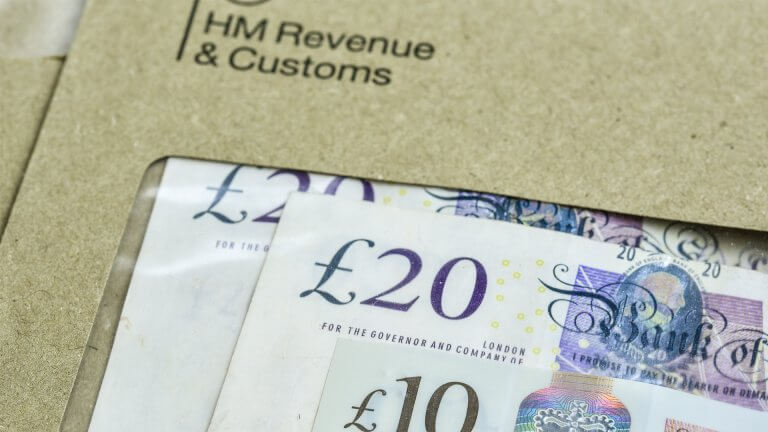The biggest shake up to landlord tax rules is the amendment to the interest only mortgage payment on a buy to let property and how this is offset against your tax bill. There shouldn’t be any change to how basic rate tax payers and mortgage free properties are taxed, the change is only applicable to high rate tax payers. Beware, if you are a basic rate tax payer and your rental income pushes you into the higher rate tax bracket, these changes will also affect you!
Currently higher rate tax payers pay 40% tax on the rental income over and above the interest only mortgage payment. E.g. £1,000 per month rent with a £400 per month interest only mortgage payment means that you will pay 40% tax on the £600 per month difference. You are given full tax relief on the £400 per month interest only payment so do not have to pay any tax on this and just pay tax on the profit. Makes sense.
With the new changes high rate tax payers will no longer be able to claim full tax relief on the interest only payment and will only be able to claim tax relief up to the basic rate of 20%. Therefore if we use the same scenario: £1,000 per month rent and a £400 per month interest only mortgage payment this now means you will pay 40% tax on the £600 profit and 20% tax on the £400 per month mortgage payment. This is an increase in this example of £2,400 a year.
In the current climate of low interest mortgage rates this is certainly a blow as it will mean higher rate tax payers paying more tax and making less profit on their portfolios. However, what should worry landlords are the consequences when interest rates start to rise.
A rise in interest rates equals a rise in tax!
Under the new rules, interest rates don’t need to rise that much to make buy to lets costly for landlords. As an example let’s say a landlord owns a property valued at £250,000 with an outstanding mortgage of £187,500 (75%). They charge £1,000 per month in rent and have a current interest only mortgage payment of £400 per month. Under the new system they will receive £600 per month income and pay tax of £320 per month. So they will make a net profit after tax of £280pm. If the interest rate on the mortgage rises to just 4.80% they will be paying £750 per month in mortgage interest payments and making a profit of £250 per month. Under the new tax scheme they will also be paying tax of £250 per month. Therefore the net profit from the property will be zero. If interest rates rose to 6.40% this landlord would be charging £1,000 per month rent, paying £1,000 interest and still be charged £200 per month tax from HMRC.
If a landlord reaches the point where they are making no profit from the rent, are spending time managing it and possibly even making a loss on it, the it is understandable that a landlord will consider two things; Firstly, they may look to increase the rent. This is a likely scenario and it seems grossly unfair that the new tax changes could ultimately have a detrimental effect on the tenants themselves. Secondly, the landlord will look to sell the property. Again, this will involve notice being given to tenants and will create a very unstable environment for many tenants who thought they had a long term let agreed as the properties which have long term tenants are more likely to be sold first as these tenants generally have fewer rent reviews and therefore these properties will become unsustainable for the landlords first.
What’s likely to happen as a result of the new tax?
The expected effect of this tax then will be that more property will come on to the market but only from those landlords that are hitting a higher rate of tax due to personal income (as well as a bit from rental income) these are the landlords that were only really in the BTL game for capital growth (“It’s my pension”) and who have perhaps found themselves enjoying the extra few hundred pounds a month income, it is probably they that will be selling their buy to let houses and flats as the profit margins become less attractive. We have already spoken to several property landlords who will be instructing agents to sale their property.
Those landlords (sometimes referred to as accidental landlords) selling up will bring more property on to the market for first time buyers and home movers and could see property price inflation easing in certain areas of the UK. This scenario would be a good result for First Time Buyers who are currently up against other FTB’s as well as property investors. It is worth remembering that landlord mortgages are not subject to the same regulation as residential owner occupier mortgages. BTL landlords can have a Buy to let mortgage up to 85% on an interest only basis making the monthly payments much less than a regulated mortgage which at 85% must be on a capital and interest basis.
For the landlord with only a couple of properties and not earning above the higher rate tax bracket or the property developer that is offsetting costs through refurbishment expenses that doesn’t pay higher rate tax or indeed the wealthy landlord with no mortgages anyway then it will be business as usual. The other tax changes to how much you can offset for wear and tear will have some affect but is not a game changer. So it would seem that the real likely result will be that where one type of landlord sell’s up, a different type of landlord will come along with a desire to buy up that same property.
Watch out Brussels is coming!
Whilst on the subject of the different types of landlords now is a good time to mention the European led Mortgage Credit Directive which comes into effect in March 2016. The new regulation will regulate some buy to let’s. The legislation will differentiate between 2 types of BTL. They may be referred to as either an ‘Investment Property Loan’ or a ‘Consumer Buy To Let loan’.
The accidental landlord that has perhaps been unable to sale their house and who has instead re-mortgaged it to a buy to let will fall under the consumer BTL category and will be subject to new guidance overseen by the FCA. This guidance could see lenders checking affordability for the buy to let using personal income or only lending where there is sufficient savings in place to cover 3 months’ rent in the event of a rental void. Those clients with existing buy to lets or those buying a property specifically to let it out will fall under the Investment Property Loans and will be subject to less scrutiny!
In summary the Buy to let market as we know it is changing and interference from Europe and its blanket policies is changing the face of Buy to let.























